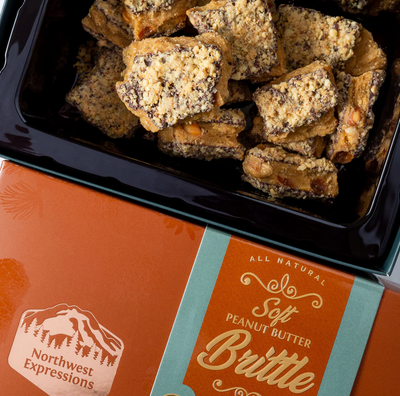Oh Halloween, a night of spooky festivities and costumes, is synonymous with one delightful tradition: candy. The practice of offering sweet treats during Halloween has a captivating history that has evolved over centuries. But how did sweets become the center of this spooktacular celebration? 🚀
Ancient Beginnings:
Halloween finds its roots in the ancient Celtic festival of Samhain, which marked the end of the harvest season and the onset of winter. During this transition, the Celts believed that the boundary between the living and the dead was blurred, allowing spirits to roam the earth. 👻
Treats to Appease Spirits:
To appease and ward off malevolent spirits during Samhain, the Celts would light bonfires and offer food to honor deceased loved ones. The tradition of offering "soul cakes" to these wandering spirits evolved over time and eventually became a precursor to trick-or-treating. 🕯️
Sweet Transition:
The tradition of trick-or-treating gained momentum in the early 20th century, particularly in the United States. By the 1950s, candy manufacturers started to promote their products, offering pre-packaged treats for children to collect during their neighborhood rounds. The irresistible allure of candies and chocolates quickly made them a Halloween staple. 🍫🍭
Modern-Day Extravaganza:
Today, Halloween is a joyous celebration, and candy has become its heart and soul. Children and adults eagerly anticipate the delightful assortment of treats, from classic candies to indulgent chocolates. The act of trick-or-treating symbolizes the tradition of sharing and abundance, as we collectively embrace the sweet side of this bewitching night. 🎉
The connection between Halloween and candy mirrors the transformation of ancient rituals into a modern, delightful celebration. Through centuries of cultural shifts, the spirit of sharing sweet treats has remained a fundamental and cherished aspect of Halloween, delighting generations worldwide. 🌟🍂





